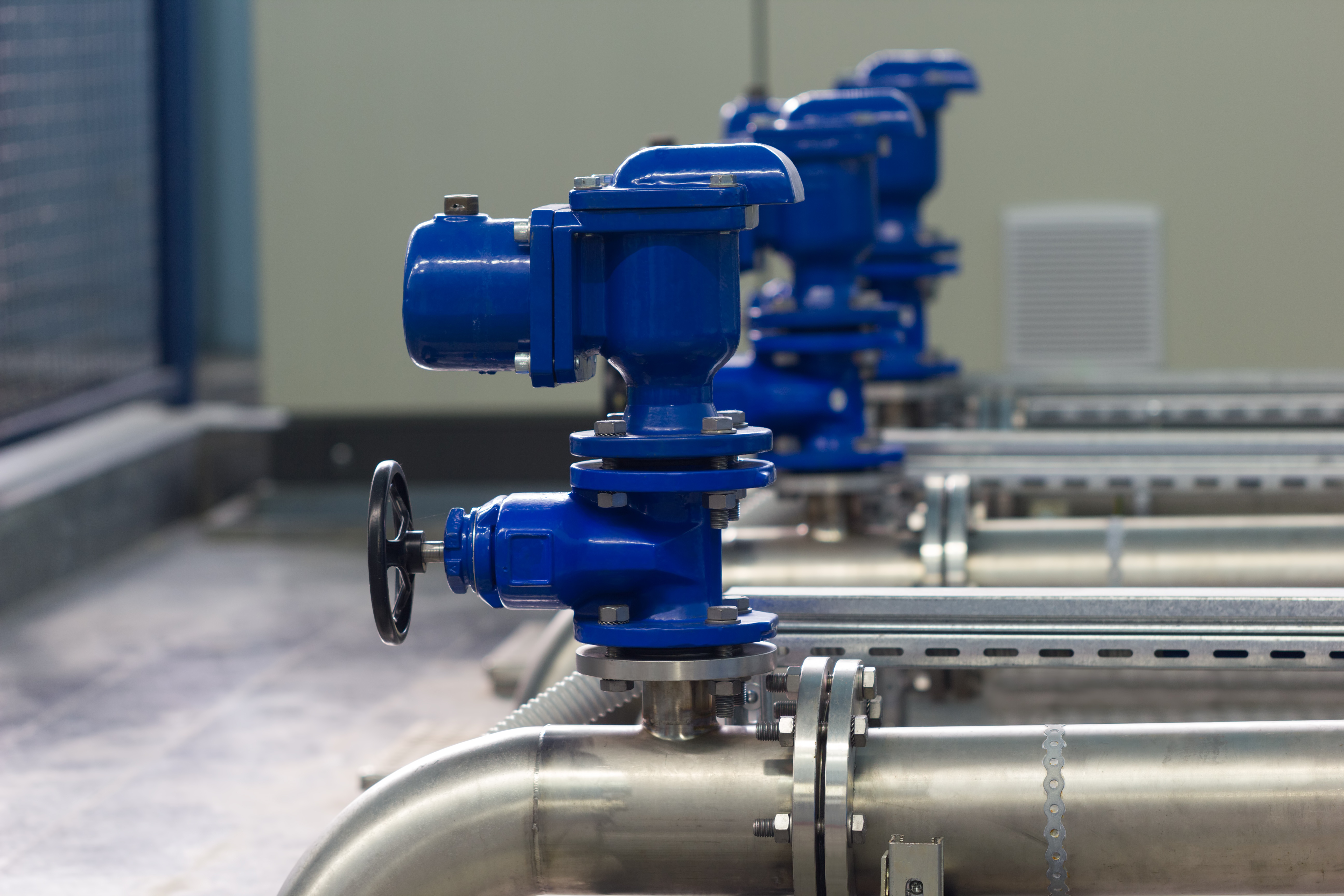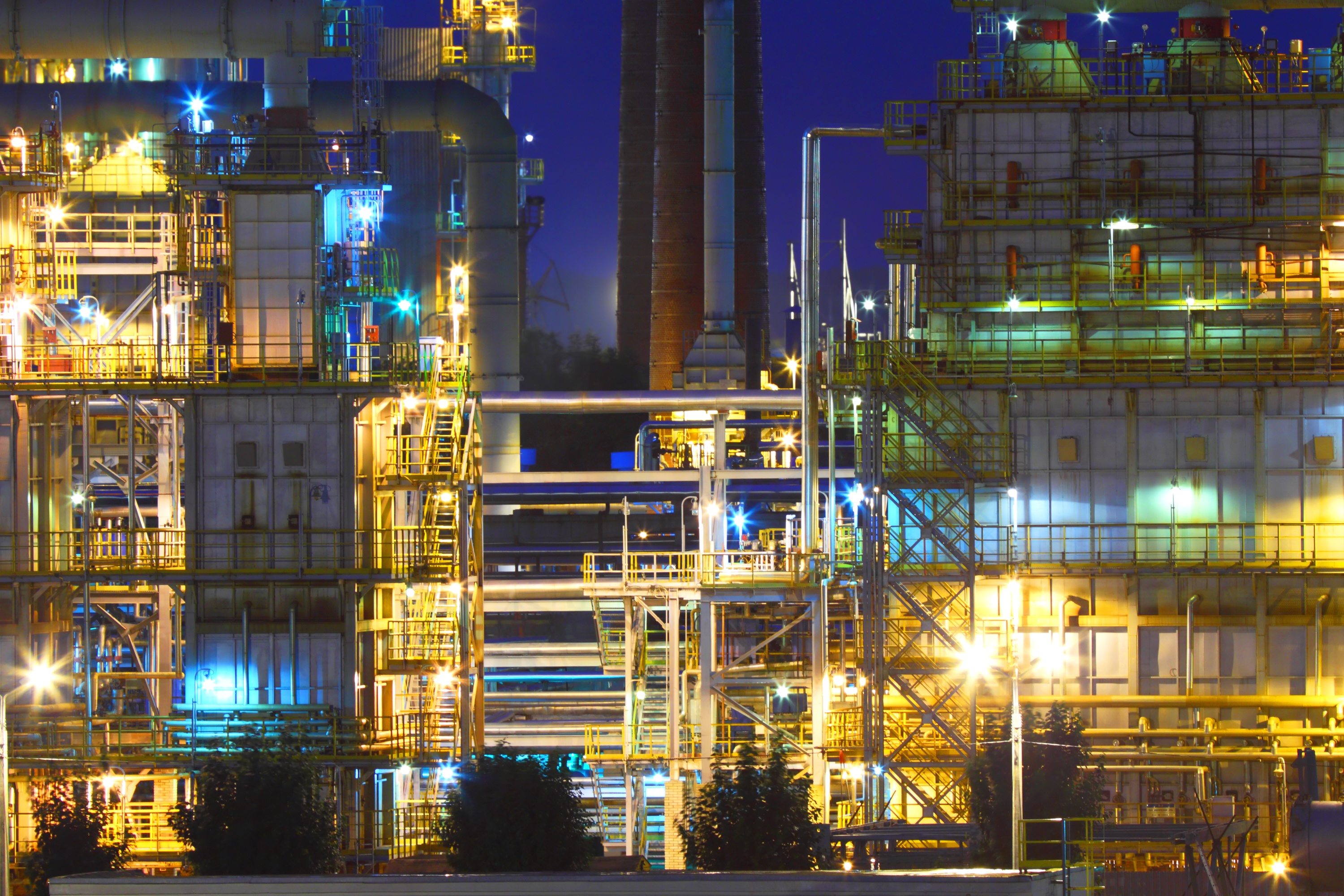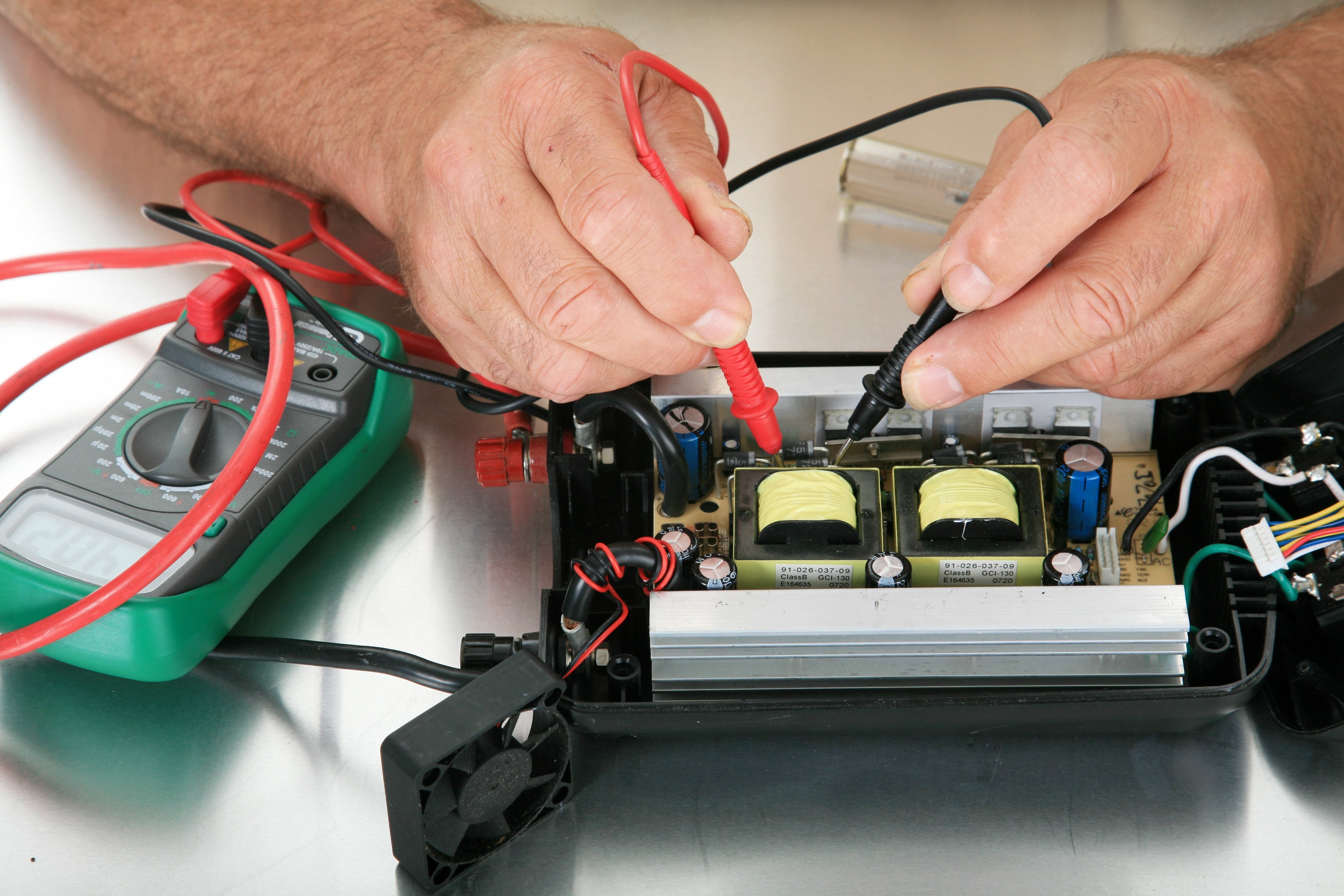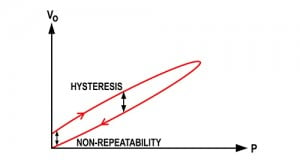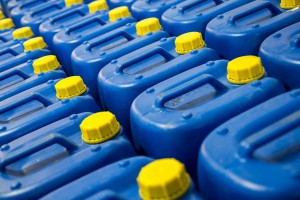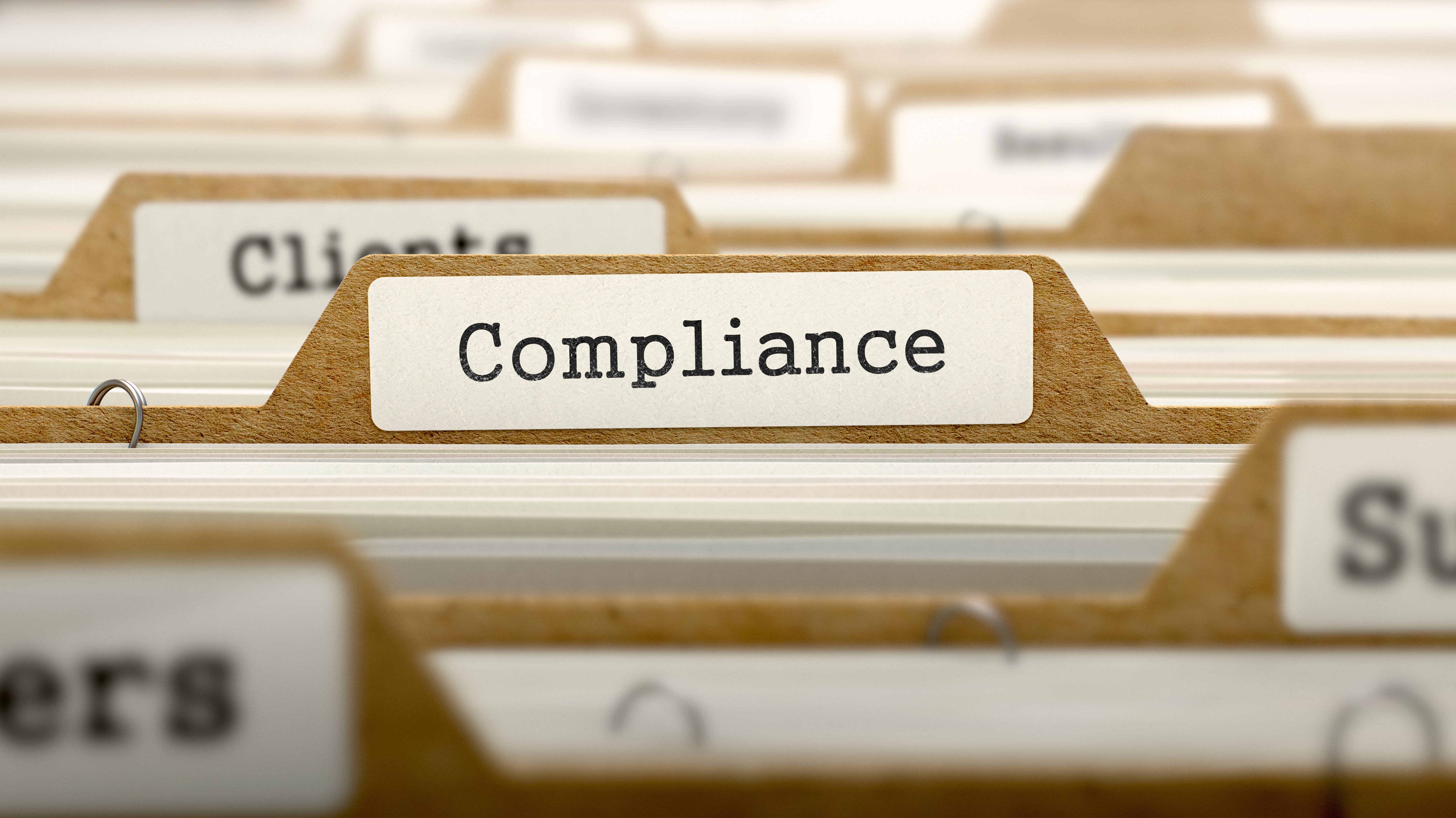What is Water Hammer?
Water hammer is shock wave produced by the sudden stoppage or reduction of a fluid flow. This can cause sudden rises in pressure and damage instrumentation. In tank level measurement applications, high pressures can be generated by the sudden closure of a valve on an outlet line. Although it might seem to be a consistent flow, the water inside pipes tumbles as it moves through.

